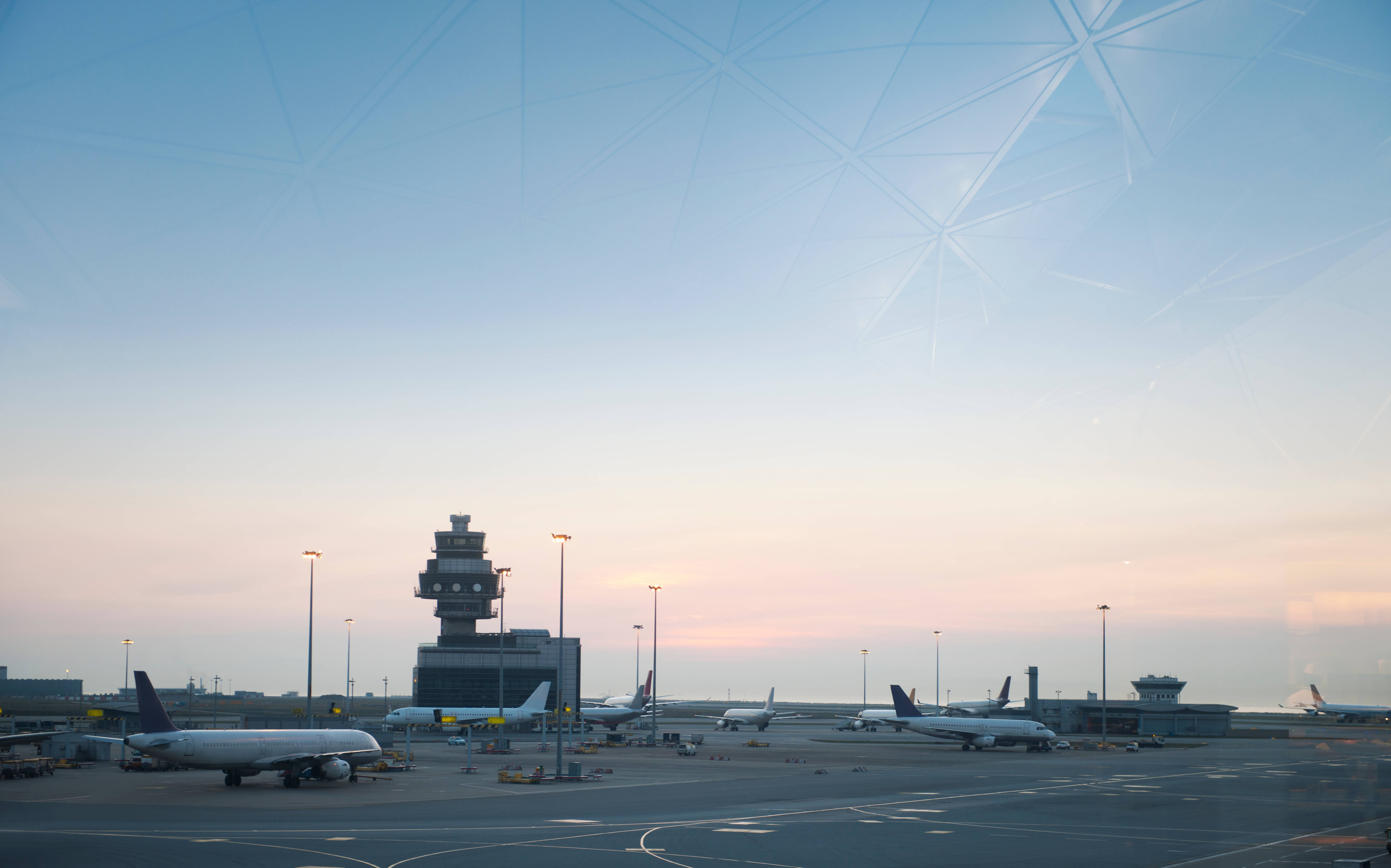International Aviation Authorities
In the world of aviation, several international governing bodies play crucial roles in maintaining safety standards, regulating operations, and overseeing commercial flights. These organizations work tirelessly to ensure smooth air travel across borders while promoting growth and sustainability in the industry. This article delves into some of these key players in global aviation governance, providing insight into how they shape the skies and safeguard passengers.
The International Civil Aviation Organization (ICAO)
The ICAO, founded in 1944 through the Chicago Convention, is a specialized agency of the United Nations responsible for managing and regulating international air transport. With 193 member states, ICAO’s primary objective is to ensure the safety, security, and environmental sustainability of global air transport. The agency establishes international standards and regulations essential for air safety, navigation, and environmental protection. ICAO also plays a pivotal role in facilitating diplomacy, promoting international cooperation in civil aviation, and addressing emerging aviation challenges like cybersecurity and airspace modernization. Their work has fostered a more interconnected global community through air travel.
For more detailed history and insights into ICAO's regulations and member states, check the full documentation on their official page.
Federal Aviation Administration (FAA)
While the FAA is the principal regulatory body for civil aviation in the United States, its global influence is substantial due to the scope of the American aviation market. The FAA not only sets the framework for air traffic within U.S. airspace but also contributes to international aviation policy and safety standards. Many nations align with FAA regulations on matters like aircraft certification and air traffic control, using them as benchmarks for their aviation practices.
The FAA's international engagement extends through partnerships and collaborations with organizations like ICAO, ensuring the alignment of U.S. air policies with global aviation goals. Their Office of International Affairs actively addresses global aviation issues, working on safety harmonization and international capacity-building programs.
Explore more on the FAA’s global contributions here.
European Union Aviation Safety Agency (EASA)
The EASA, established in 2002, ensures that the European Union maintains one of the highest safety records in aviation worldwide. Tasked with regulating all aspects of civil aviation within EU member states, EASA is also involved in certifying aircraft, engines, and parts. Its regulations impact not only EU countries but also third countries with agreements related to aviation safety.
EASA collaborates with ICAO and other global entities to standardize safety and environmental regulations across borders. Recently, it has been at the forefront of green aviation initiatives, focusing on reducing the industry's environmental footprint. Their focus on sustainability has led to significant advancements in the development of more fuel-efficient aircraft and the implementation of innovative air traffic management technologies.
For more information on EASA’s role in global aviation, see the EASA history and documents.
Civil Aviation Authority (CAA)
Civil Aviation Authorities (CAA) operate independently within countries, overseeing national aviation activities. Notable examples include the UK’s Civil Aviation Authority (CAA) and India’s Directorate General of Civil Aviation (DGCA). These agencies regulate pilots, engineers, aircraft, and airport certifications, while ensuring compliance with international aviation standards.
In the UK, the CAA plays a significant role in environmental policies, setting the foundation for greener aviation initiatives. It also leads various international collaborations, participating in forums that shape the future of global aviation, including discussions on noise reduction, fuel efficiency, and airspace security. Their environmental and operational standards often influence international practices, reflecting the CAA’s commitment to sustainable and safe air travel.
For more on the role of the UK’s CAA in international collaborations, check their official page.
Conclusion
In conclusion, these governing bodies play a collaborative role in ensuring global air travel safety while fostering innovation and growth. Their collective efforts have transformed air travel into one of the safest modes of transport available today, despite the industry’s inherent complexities. As the aviation landscape continues to evolve with technological advancements and environmental considerations, these organizations remain vital in steering the future of global aviation.
FAQ: International Aviation Authorities
Find more help here for your journey through the airport




